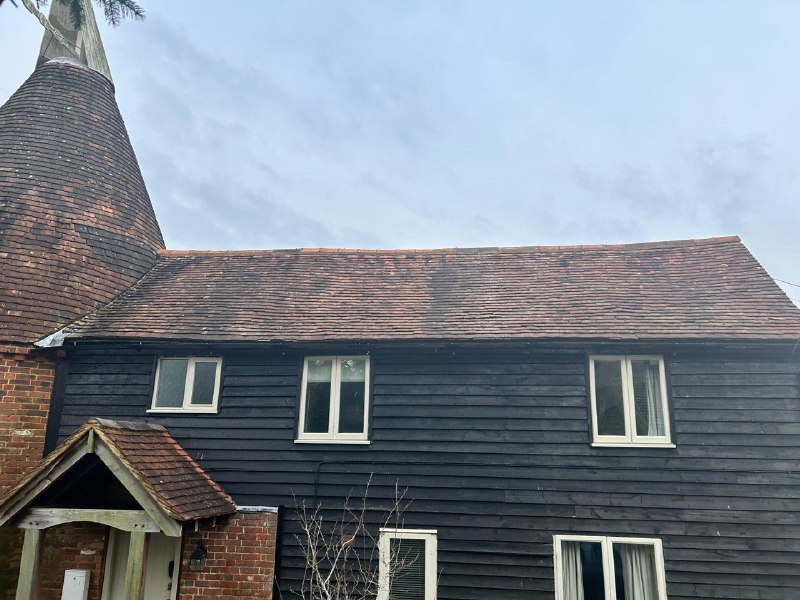Securing Your Roof: The Importance of Proper Installation Techniques in Preventing Slipped Tiles
Introduction: A well-installed roof is essential for protecting your home from the elements and preventing common issues such as slipped tiles. Slipped tiles can compromise the integrity of your roof, leading to water leaks, structural damage, and safety hazards. In this blog post, we’ll explore the critical role that proper roof installation techniques play in preventing slipped tiles and maintaining the longevity of your roof.
- Quality Underlayment Installation: The underlayment is a crucial component of your roof system that provides additional protection against water infiltration. Proper installation ensures that it lays flat and is securely fastened to the roof deck, preventing moisture from seeping underneath and causing tiles to slip.
- Secure Attachment of Roof Tiles: Roof tiles should be securely attached to the roof deck using appropriate fasteners or adhesives. Improperly installed tiles can become loose over time, especially during high winds or severe weather conditions, increasing the risk of slipping. Ensuring that tiles are correctly fastened according to manufacturer specifications is essential for preventing this issue.
- Proper Alignment and Overlapping: During roof installation, it’s essential to ensure that roof tiles are properly aligned and overlapping to provide adequate coverage and prevent water infiltration. Misaligned or improperly overlapped tiles can create gaps where water can penetrate, leading to moisture damage and potential tile slippage.
- Adequate Roof Pitch and Drainage: Your roof’s slope or pitch plays a crucial role in directing water away from the surface and preventing pooling or ponding, which can contribute to tile slippage. Proper roof pitch and adequate drainage systems, such as gutters and downspouts, help channel rainwater away from the roof and foundation, reducing the risk of water-related issues.
- Attention to Flashing and Sealing: Flashing and sealing are essential components of roof installation that help prevent water intrusion in vulnerable areas such as roof penetrations, valleys, and transitions. Properly installed flashing and sealing ensure a watertight seal around these areas, minimising the risk of water damage and tile slippage.
- Professional Installation by Experienced Roofers: Ultimately, the quality of your roof installation depends on the skills and expertise of the roofing contractor you choose. Hiring experienced and reputable roofers who adhere to industry best practices and manufacturer guidelines is crucial for ensuring your roof is installed correctly and built to last.
Conclusion: Proper roof installation techniques are paramount in preventing slipped tiles and maintaining the structural integrity of your roof. By paying attention to underlayment installation, tile attachment, alignment, drainage, and flashing and hiring experienced roofers, you can minimise the risk of tile slippage and enjoy a durable and reliable roof for years.
Call us on: 01536 907 192
Click here to find out more about KJI Roofing Rothwell
Click here to complete our contact form and see how we can help with your roofing needs.

